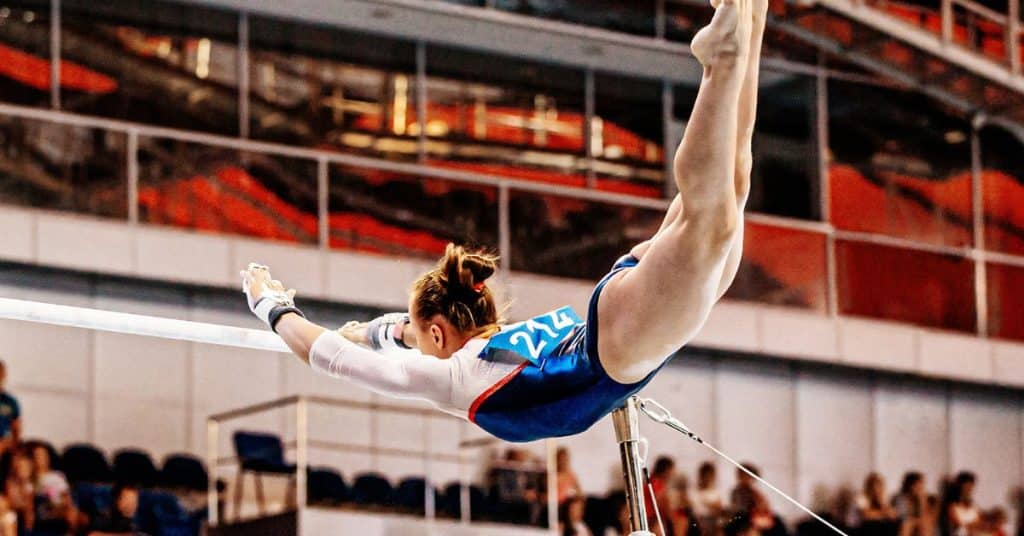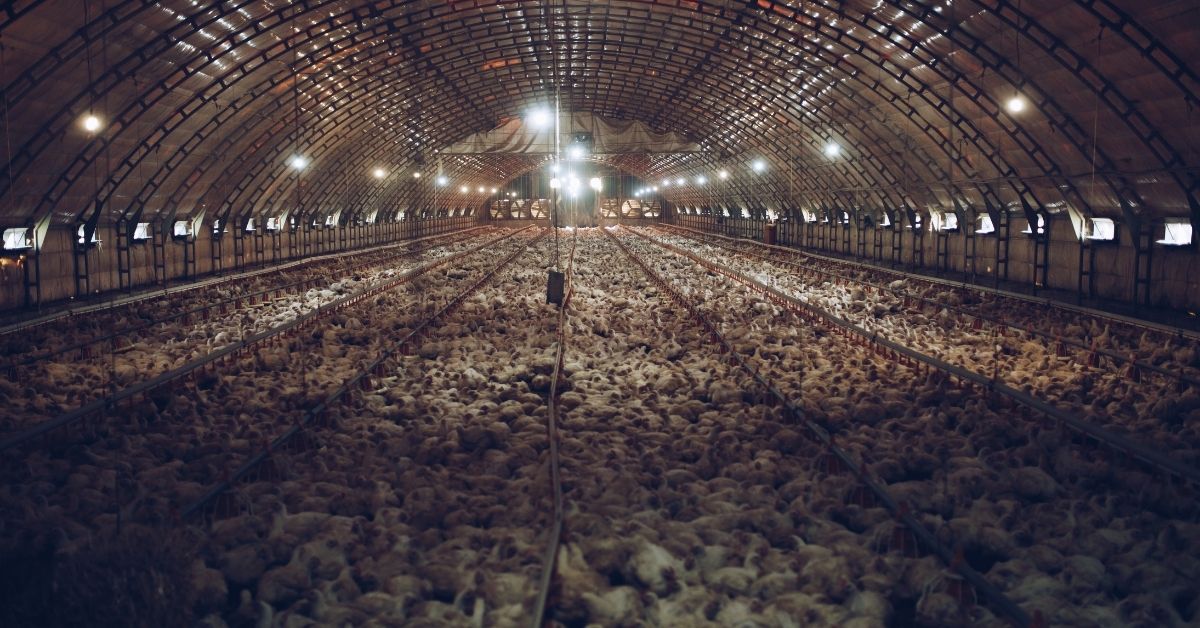

This article is an excerpt from an interview with CNS and Dan Benardot, PhD, RD, LD, FACSM, Professor Emeritus of Nutrition, and of Kinesiology and Health at Georgia State University.
We’ve come to realize the importance of nutrition for athletic performance. Anyone who wants athletes to lower injury risk, improve musculature, lower body fat levels so their strength-to-weight ratio is better, and maintain their energy throughout the competition, knows how much the nutritional environment matters.
Of course, there is variation. A lot of sports have different traditions. I used to work with gymnastics, and their approach to nutrition was: “No. They’ll get the energy they need from the air they breathe.”
My Background With Olympic Athletes
I was asked by the Olympic Training Center to work with the gymnastics team because the gymnasts were having trouble winning medals at the Olympic level. Although I wasn’t familiar with gymnastics, I agreed to go to the Olympic Training Center and observe. The practices were five and a half hours, with no water, nothing to eat, nothing at all! That was the paradigm in gymnastics.
I went to the head coach, herself a three-time Olympian, and said, “You know, Muriel, you need to give them some food and beverages here. Like, every two or three hours. Or else, they’ll never get better.”
She looked at me like I was a Martian. Because the conventional wisdom at that time was that if we fed them, they would get fat. The belief was that they had to be light—that their strength-to-weight ratio had to be high.
I called up the Olympic Training Center and said, “Look. They’re not interested in hearing my recommendations. I can’t help them.” But I was encouraged to stick it out, keep pushing, and see what would happen.
I became a pest. I kept pushing until, finally, they agreed to give the athletes something to eat and drink in the middle of practice. I went to the cafeteria across the street from the gym and spoke to the cafeteria lady. “We need to get some snacks together for the gymnasts,” I told her.
She looked at me and said, “They’re going to let the gymnasts eat?” She was so happy, she immediately started cutting up fruit.
When the time came, we walked out into the middle of the floor holding this big bowl of cut-up fruit and a couple of jugs of diluted fruit juice. I’ll never forget this experience. The team captain, Dominique Dawes (three-time Olympian), approached me and asked what I was doing.
I said, “You’ve been given permission to have something to eat and drink.”
She looked at the coaches, who were all standing around with their arms crossed. They nodded their heads. It was really strange standing there with all that food and the gymnasts surrounding me. They were shy. It was a little bit like feeding goldfish. They knew they wanted the food—they knew they needed it—but they were afraid.
Fifteen minutes later, the head technical coach took this girl who had been practicing for three days on a vault and hadn’t been able to do it quite right. She took this girl and said, “Okay, do the vault.” She was sure because this girl had eaten some food, the vault would make her projectile vomit, and that would be the end of the snacking discussion.
Somehow, miraculously—and I don’t know how this happened because there hadn’t been enough time for her to absorb the food—this girl did the vault perfectly. Muriel looked at me and said, “Okay. We can do this snacking thing.” And from then on, we had this rule that the gymnasts would eat every three hours.
When we got to the 1996 Olympic Games, ours was the oldest team in the competition. Ours was the tallest and heaviest team. We also won the team gold medal that year. I attribute the success to several things. First, we kept the gymnasts in the sport longer because they weren’t injuring themselves. They were heavier because they had more musculature, so their strength-to-weight ratio was better. We had good coaches—excellent coaches—and excellent gymnasts. A lot happened there, but I think changing the nutrition paradigm also helped.
Weight Loss vs. Fat Loss
A lot of people who want to lose weight exercise but don’t eat. As a result, they lose weight temporarily, but it’s more from muscle than fat. And because they’ve down-regulated their ability to burn calories, they get the yo-yo effect, where the weight eventually goes back up. This is a common problem for people trying to lose weight.
The focus should instead be on losing fat while keeping musculature. Many people will lose 10 pounds of fat but gain 10 pounds of muscle and be surprised that their clothes fit better, despite being the same weight as before. That’s because muscle takes up a lot less space than fat. It’s denser. You feel better. You perform better. And overall, you’re healthier. But you can’t achieve this with overly restrictive eating. You must feed the beast. Otherwise, you lose your muscle.
For these reasons, weight can be a very misleading metric. When we assess whether an individual is overweight or obese, we should be looking at fat, not weight. I prefer to think of obese people as over-fat, not overweight. In fact, many exceptionally healthy people are “overweight” on a BMI scale. For instance, many elite athletes I work with are very muscular and therefore appear overweight on a BMI scale. But that obviously doesn’t mean they are unhealthy.
We need to look at things more carefully to reach the correct protocols and conclusions. I tell my students that every time somebody says something about weight, they should kick them in the shins. Ask yourself: do you want to lose bone weight? Do you want to lose water weight? Do you want to lose muscle? What weight do you want to lose?
Of course, the answer is that they want to lose fat. But we need to understand that the protocol for doing this is very different from the starvation protocol for losing weight.
To read more from this interview please visit:
Olympic Team Nutritionist Talks About Energy Balance and Diet
Drinking Coffee for Energy? Why Not Eat a Snack?
Copyright 2025 Center for Nutrition Studies. All rights reserved.
Deepen Your Knowledge With Our
Plant-Based Nutrition
Certificate
Plant-Based Nutrition Certificate
- 23,000+ students
- 100% online, learn at your own pace
- No prerequisites
- Continuing education credits











